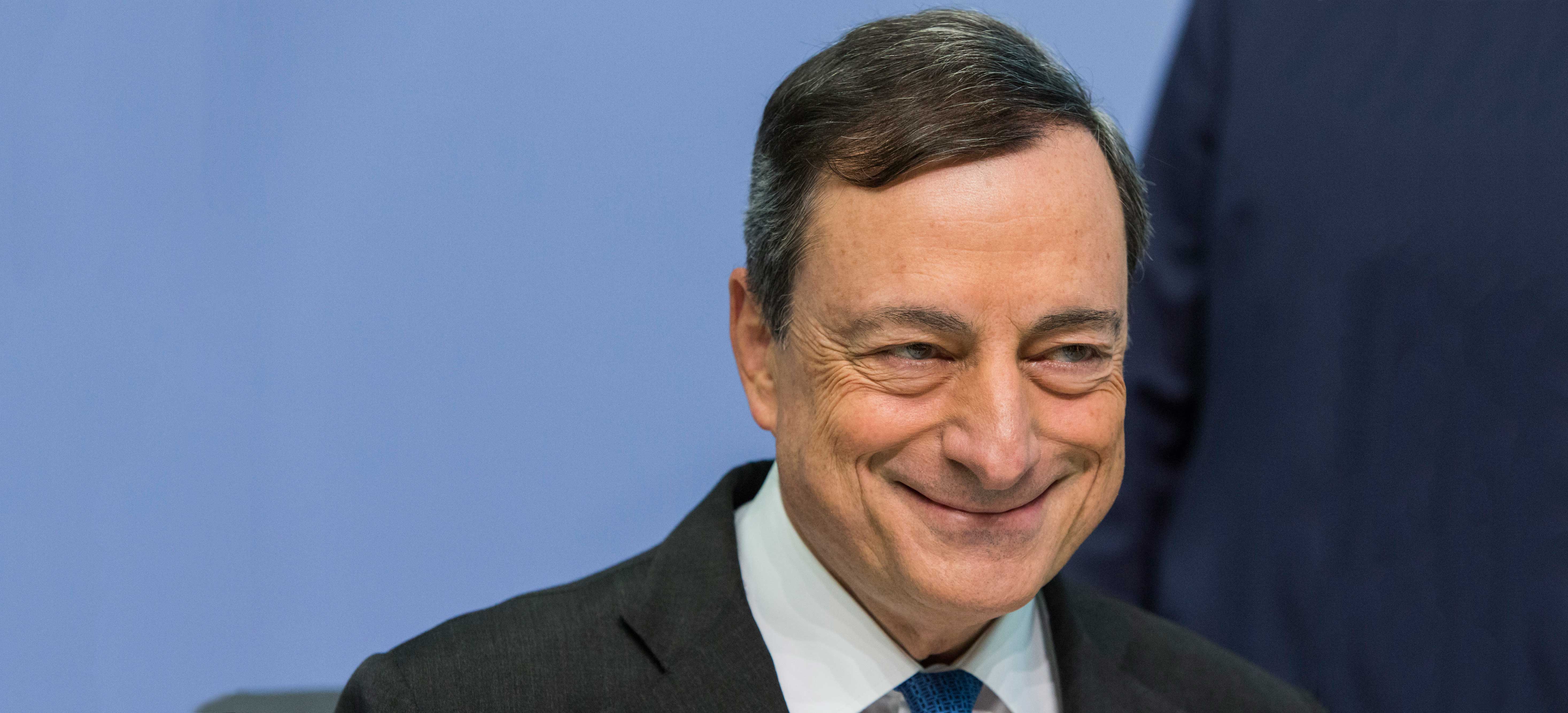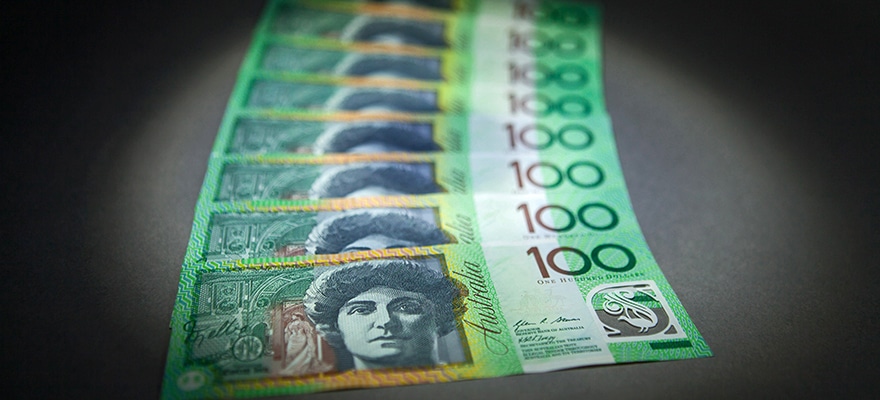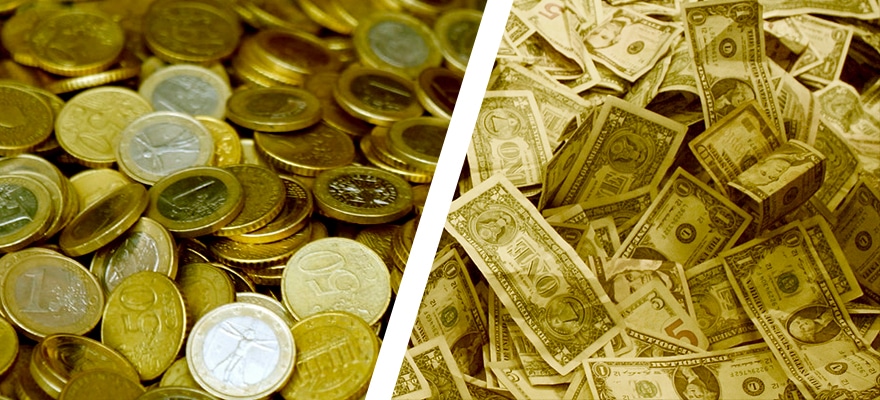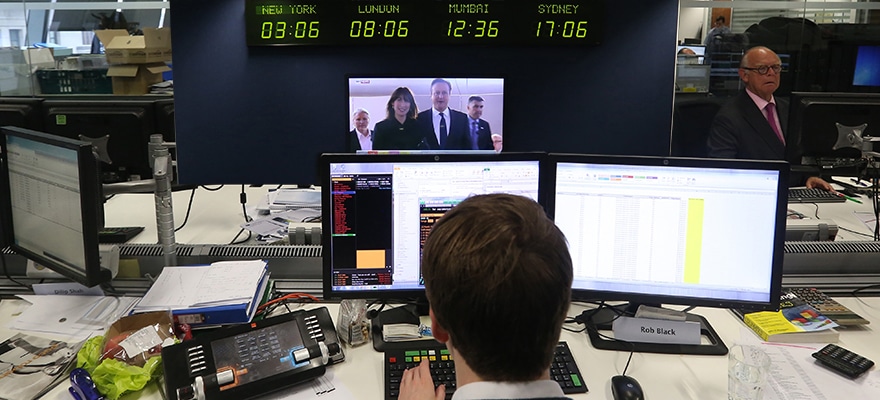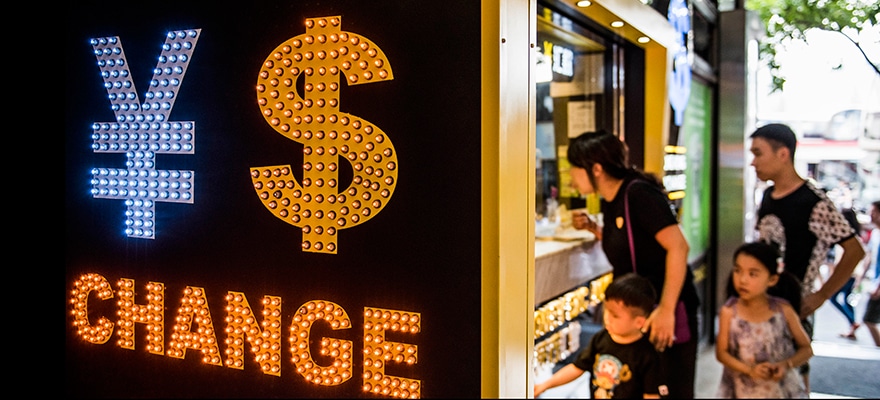This article was written by Dwayne Buzzell, a financial analyst with more than two years experience in Forex trading and private investing.
Chaos
There has been massive chaos in the financial industry due to the pending interest rate hike decision by the Fed.
In the last FOMC meeting minutes, Fed members offered almost nothing to investors in terms of information. Investors are overly cautious about the current market sentiment since there remains a 67.3% chance of an interest rate hike in December.
Keeping with this scenario, there has been a sharp fall in the price of the euro, and the EUR/USD pair managed to hit a seven month low against the US dollar on Friday. This sharp fall was fueled by the ECB press conference. The press conference clearly signalled to investors the current weakness of the eurozone, and investors are in fear that this might be a prolonged phenomenon in the market if the US hikes its interest rate.
The sharp fall in the price of euro against the dollar helped the ICE US Dollar Index to rise 0.2% to 98.52. This index is one of the most important parameters and one that traders all over the world carefully observe, since it’s the measure of the overall strength of the greenback against the world's six most prominent currencies.
The index hit a high of 98.61 on Thursday which is its most noticeable increase since early February. This helped the dollar to a great extent to push the price of euro lower. To be precise, one of the heaviest currency pairs, the EUR/USD, lost extensively due to the bearish sentiment of the eurozone.
EUR/USD
The sharp fall in the EUR/USD pair was marked by investors after hitting the $1.0891 (-0.3934%) mark on Thursday in the New York session since it’s the lowest level since mid of the March.
This sudden sharp fall in the price of the EUR/USD has changed market sentiment to being much more bearish for the upcoming week. Euro investors are in fear of buying the euro against the USD even though the US economy is struggling at the moment.
The extensive bearish move in the EUR/USD pair on Thursday was intensified by ECB President Mario Draghi's speech indicating that the bond-buying program might extend beyond March 2017, which is the most suitable time to end the quantitative easing program.
The sharp fall of the euro was further intensified by the statement saying that the ECB is ready to trim the size of asset buying in order to initiate fresh sellers in the euro.
This is going to play a very important role in the EUR/USD pair's next move since the euro is most likely to fall further if manufacturing PMI data comes in negative in the coming months before the trimming of assets buying.
During the press conference on Thursday, EUR/USD investors were washed away by the massive spike in both directions due to massive confusion in the mind of investors regarding Draghi’s speech.
Upon the payback of North American dealers, the euro traded to lows which challenged even those caused by the Brexit vote of 24th June 2016. The Brexit is considered to be the most shocking event in modern economics, very much similar to the extreme volatility caused by the SNB crisis of January 2015.
The euro traded with a low level of volatility from the start of this week, but Draghi's speech created a new level of volatility in the euro market.
According to the ECB press conference, ECB policymakers are cautiously waiting for the full technical overview from the eurozone monetary authority to decide which policy will best suit the eurozone in the upcoming days.
Investors are in fear since this might extend the bond-buying program to a great extent causing an extensive drawdown in the EUR/USD pair. According to top economic researchers, this might fuel the asset purchasing program for the next six months, which might even be extended. If there is an extension in the program then the fall of the eurozone will be smooth and buyers will have a hard time finding a suitable position to enter long into the EUR/USD pair.
Though the overall phenomenon is getting clearer day by day, the euro might find a strong foundation in its free fall if the Fed comes up with a dovish statement in December regarding its rate hike decision.
Conclusion
The European economy is struggling at the moment and investors are overly cautious about buying the EUR/USD pair.
The long-chaotic condition of the US economy due to the Fed's decision is still ongoing, and trained economic experts are suggesting a 67.3% probability of a hike in December.
Though the current situation of the U.S economy doesn’t fully support a rate hike, if the greenback displays more strength then the Fed could decide on a solid hawkish hike.

